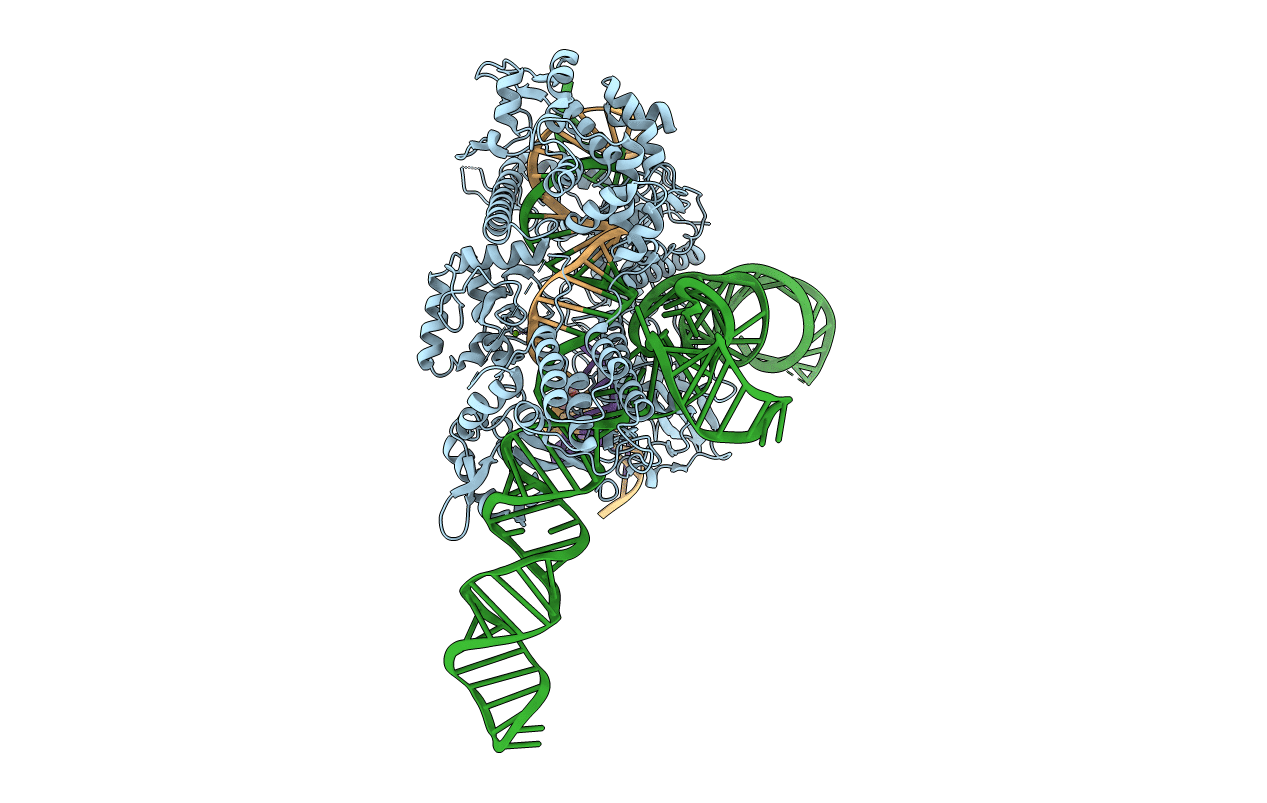
Deposition Date
2019-02-02
Release Date
2019-11-06
Last Version Date
2023-11-22
Entry Detail
PDB ID:
6JDV
Keywords:
Title:
Crystal structure of Nme1Cas9 in complex with sgRNA and target DNA (ATATGATT PAM) in catalytic state
Biological Source:
Source Organism:
Neisseria meningitidis serogroup C (strain 8013) (Taxon ID: 604162)
synthetic construct (Taxon ID: 32630)
synthetic construct (Taxon ID: 32630)
Host Organism:
Method Details:
Experimental Method:
Resolution:
3.10 Å
R-Value Free:
0.23
R-Value Work:
0.21
R-Value Observed:
0.21
Space Group:
P 21 21 2


